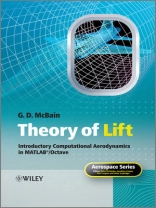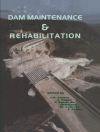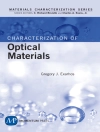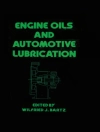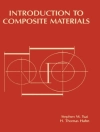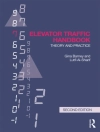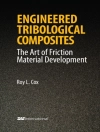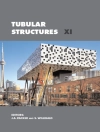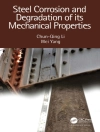Starting from a basic knowledge of mathematics and mechanics
gained in standard foundation classes, Theory of Lift:
Introductory Computational Aerodynamics in MATLAB/Octave takes
the reader conceptually through from the fundamental mechanics of
lift to the stage of actually being able to make practical
calculations and predictions of the coefficient of lift for
realistic wing profile and planform geometries.
The classical framework and methods of aerodynamics are covered
in detail and the reader is shown how they may be used to develop
simple yet powerful MATLAB or Octave programs that accurately
predict and visualise the dynamics of real wing shapes, using
lumped vortex, panel, and vortex lattice methods.
This book contains all the mathematical development and formulae
required in standard incompressible aerodynamics as well as dozens
of small but complete working programs which can be put to use
immediately using either the popular MATLAB or free Octave
computional modelling packages.
Key features:
* Synthesizes the classical foundations of aerodynamics with
hands-on computation, emphasizing interactivity and
visualization.
* Includes complete source code for all programs, all listings
having been tested for compatibility with both MATLAB and
Octave.
* Companion website (href=’http://www.wiley.com/go/mcbain’>www.wiley.com/go/mcbain)
hosting codes and solutions.
Theory of Lift: Introductory Computational Aerodynamics in
MATLAB/Octave is an introductory text for graduate and senior
undergraduate students on aeronautical and aerospace engineering
courses and also forms a valuable reference for engineers and
designers.
O autorze
Dr. Geordie Drummond Mc Bain, Australia
Geordie Mc Bain is an engineering consultant based in Sydney, Australia. In 1995 he graduated top of his class from James Cook University with first class honours in mechanical engineering, earning him the Faculty Medal, and went on to receive his Ph D there in 1999. In 2002 he was awarded a Sesquicentennial Postdoctoral Fellowship at the University of Sydney, researching fluid dynamics. During this period, he taught aerodynamics to students on the Aeronautical and Aerospace Engineering degree programmes.
